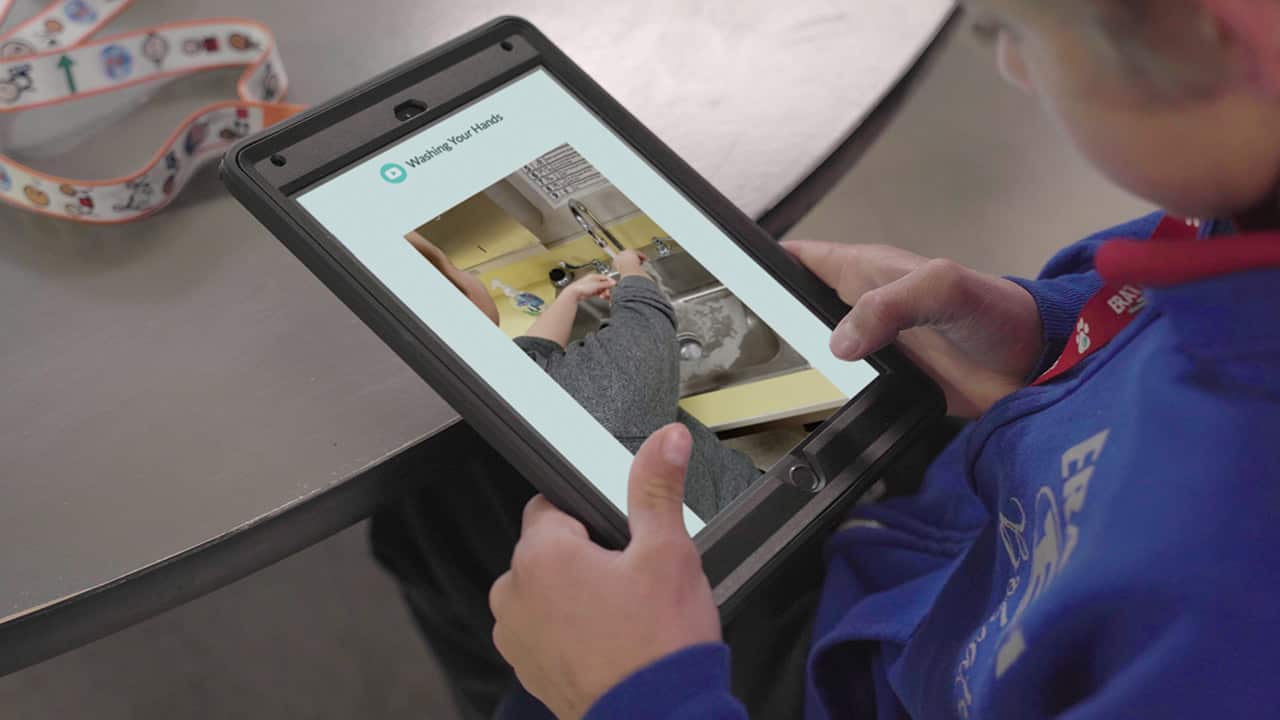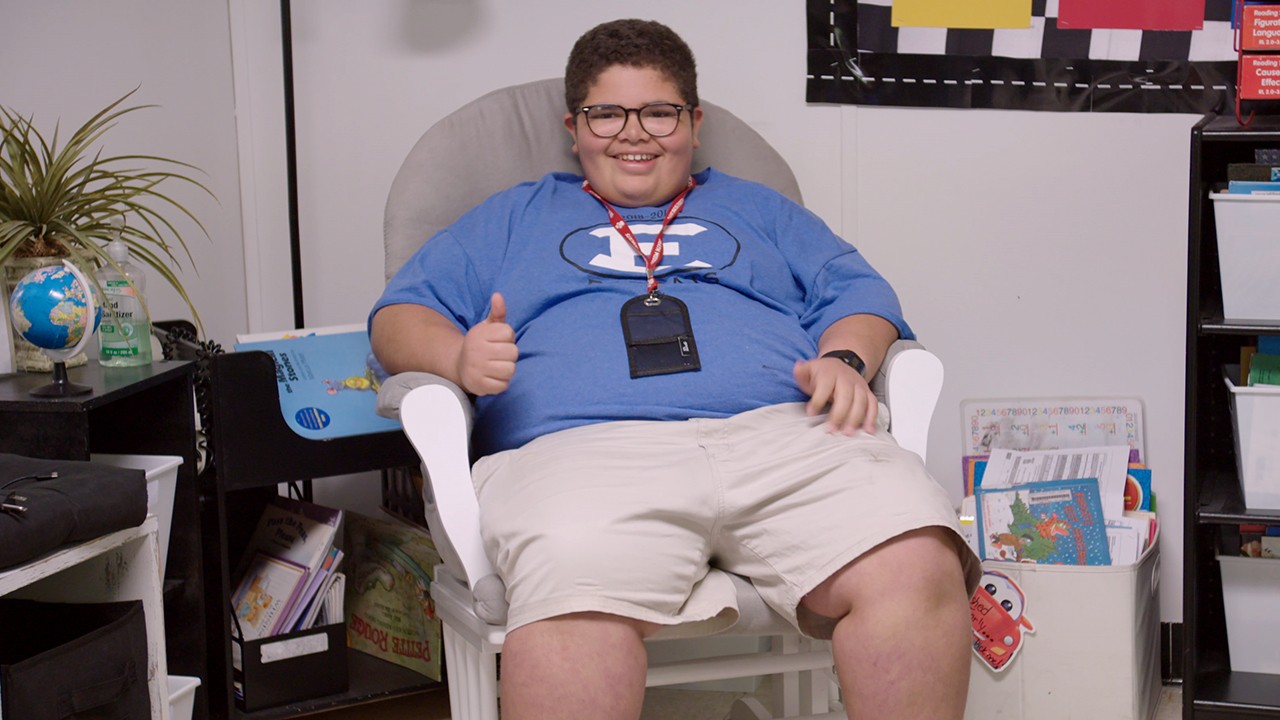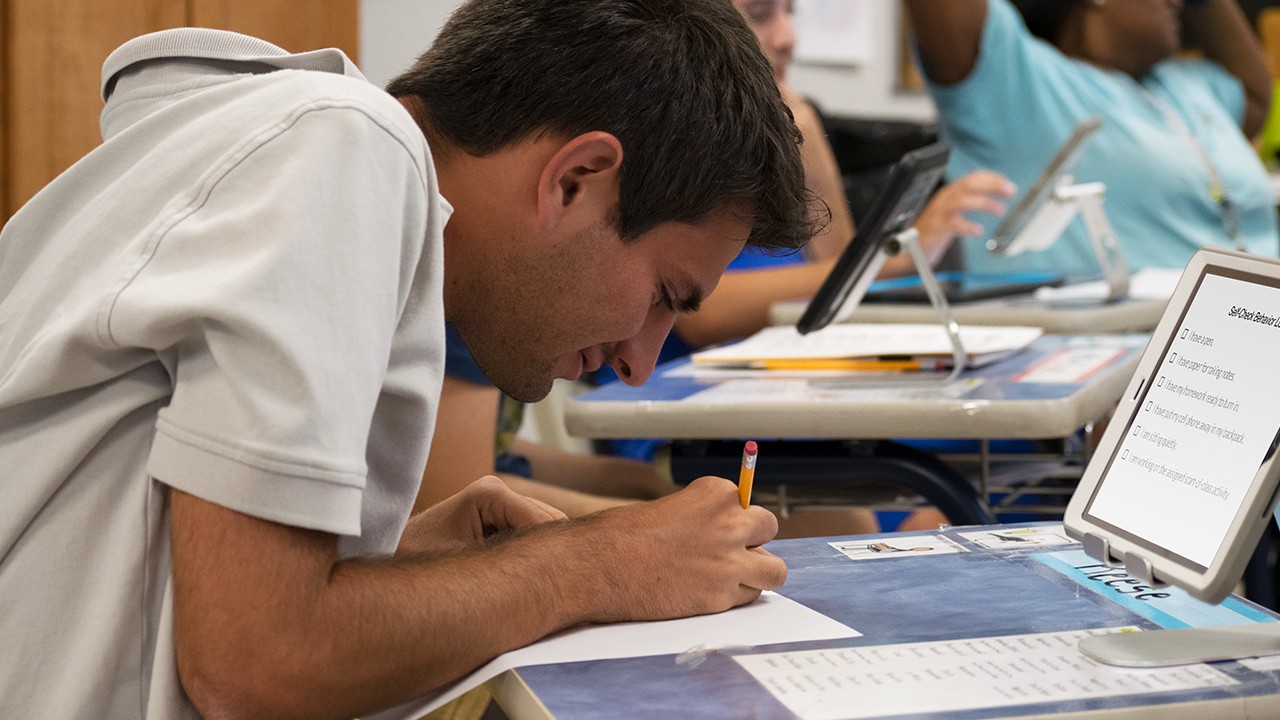Good morning, teachers!
I feel kinda silly for doing this haha but anyway I just want to say I know I have been talking about senior year coming to an end soon. Please forgive me If I get too ahead of myself it’s just March and everything came in a blink of an eye. I just have to be honest about it, all of it is just scaring me, and I know I’ve said I am already “getting myself prepared” to me it’s just know what is coming. I do apologize in the morning talks and lunch talks if I am talking about it way too much. It’s just I am going to miss you guys a lot because you two, literally were there for me a lot last year and this year.
—Andrew
P.S. This is not the senior letter that I am writing to you guys on my last day of school trust me that one is going to be more emotional and you guys are right enjoying the year while I can!!!! But anyway you guys have a great “Manic Monday” this is just an appreciation email.
Helping students of various ages and ability levels learn to transition smoothly can be one of the most challenging parts of teaching those with special needs. The term transition is quite broad—in the school setting it can mean moving from one activity to another during the day all the way up to graduating from high school to the adult world, as referenced above. Whether a transition is quick and recurring or slow and one time only, here are four ways to support these awesome individuals and help them deal with change and/or transitions more easily.
1. Give warning that a change or transition is about to occur.
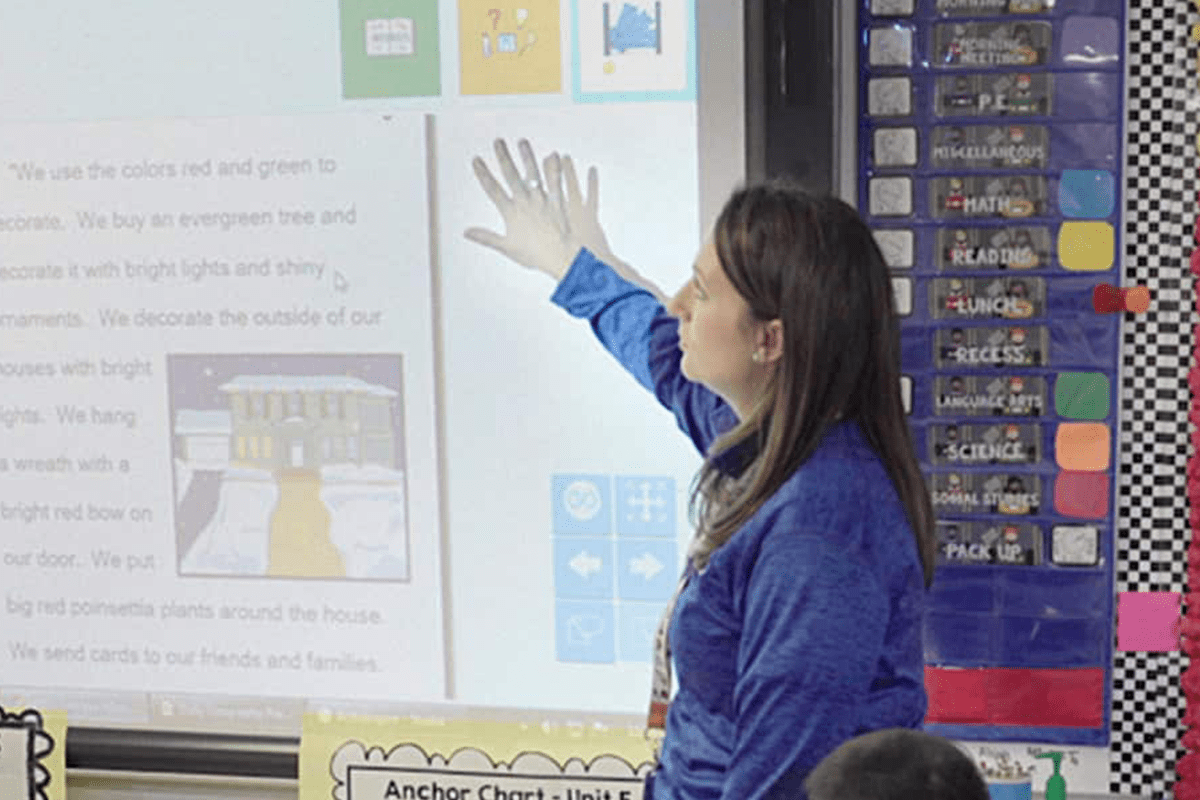
You can use a visual timer to depict elapsed time. This is a tool that helps make something that is abstract (like time) seem much more concrete. Visual timers are relatively easy to use and can even be found online for free. Hint: Just search “timer” and my favorite one will come up first. I simply put one on my Smartboard and use it to show how much time is left in the class period or in an activity.
Another good practice is to communicate when there are five minutes left or when there are “x” days left before a transition. Like all of us, students need to know what’s coming next. A visual schedule is a highly effective tool for providing this kind of heads‑up.
2. Explain the “why” behind the transition or change.
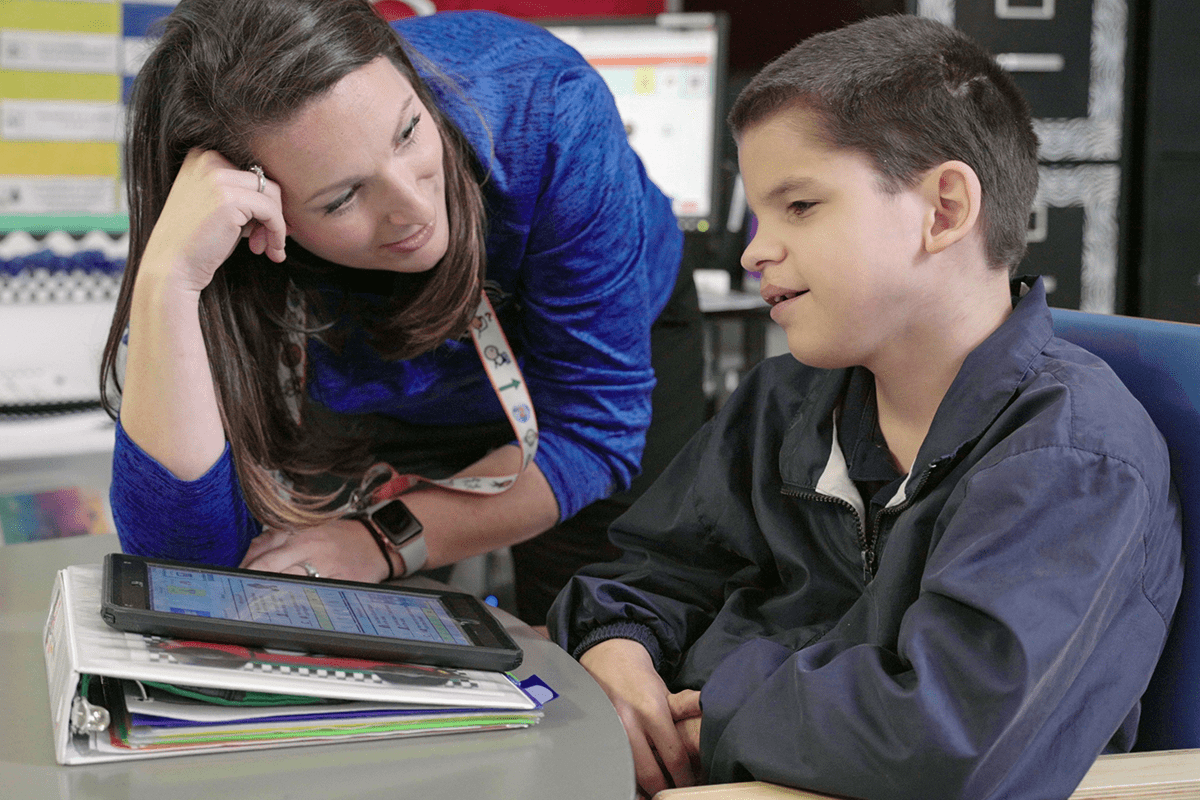
Often, students do not understand why a change or transition is necessary or how it will benefit them. Explaining the benefits of the transition to the student can help create buy-in and ease anxiety. For example, you could say, “I know that moving to a general ELA classroom will be more academically challenging, but if you want to go to college, we need to be sure that you continue to improve your writing skills.”
3. Purposely provide a
“start to finish.”
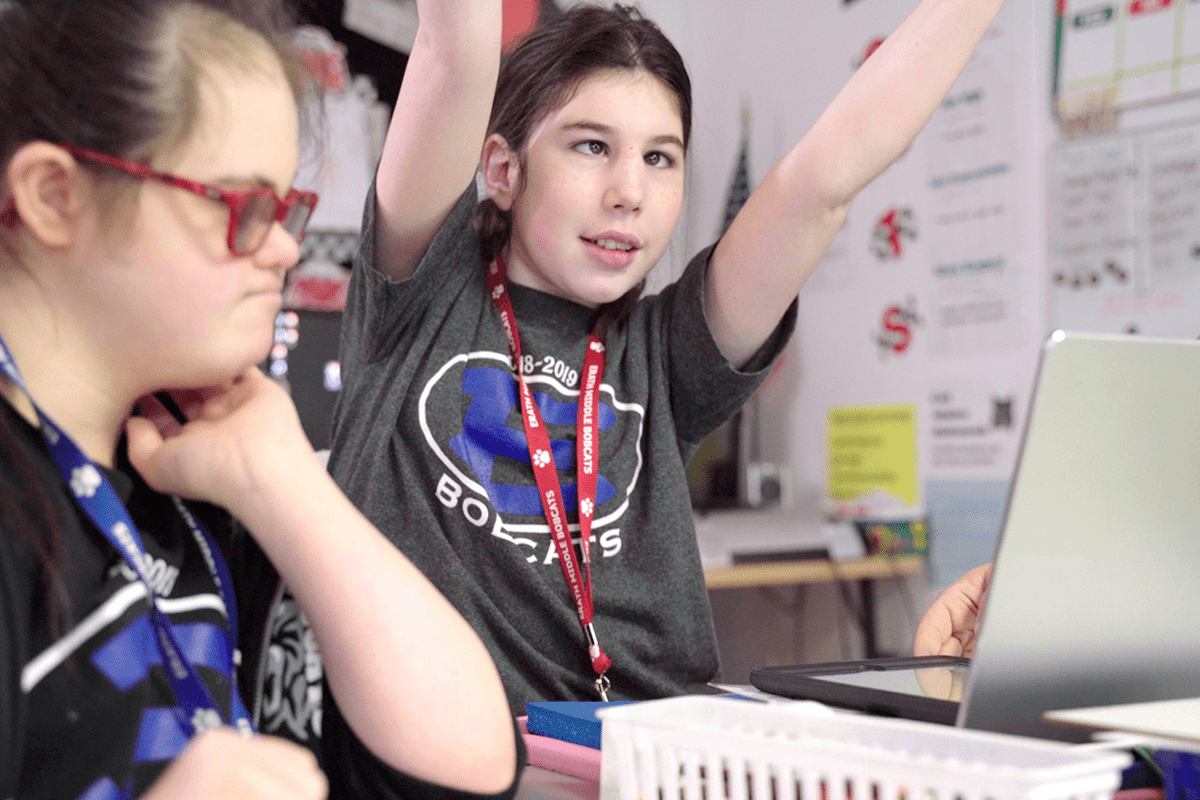
Almost all of the students with autism whom I’ve worked with over my 22 years in education struggled when they were not able to finish what they started, and this may be true for many students with disabilities. Specifically, if a student has in their mind that they’d like to get their homework finished in your class, then the bell rings and their plans are changed abruptly, the student struggles to move on to what is next.
Give students a different idea of what “finished” is to prevent this problem from happening. You could state, “I would like you to finish up class today by writing this assignment in your agenda and then completing one or two of the questions before the bell rings.” Tip: Be sure to underestimate what you’d like them to complete!
4. Help students visualize what the next step will look like.
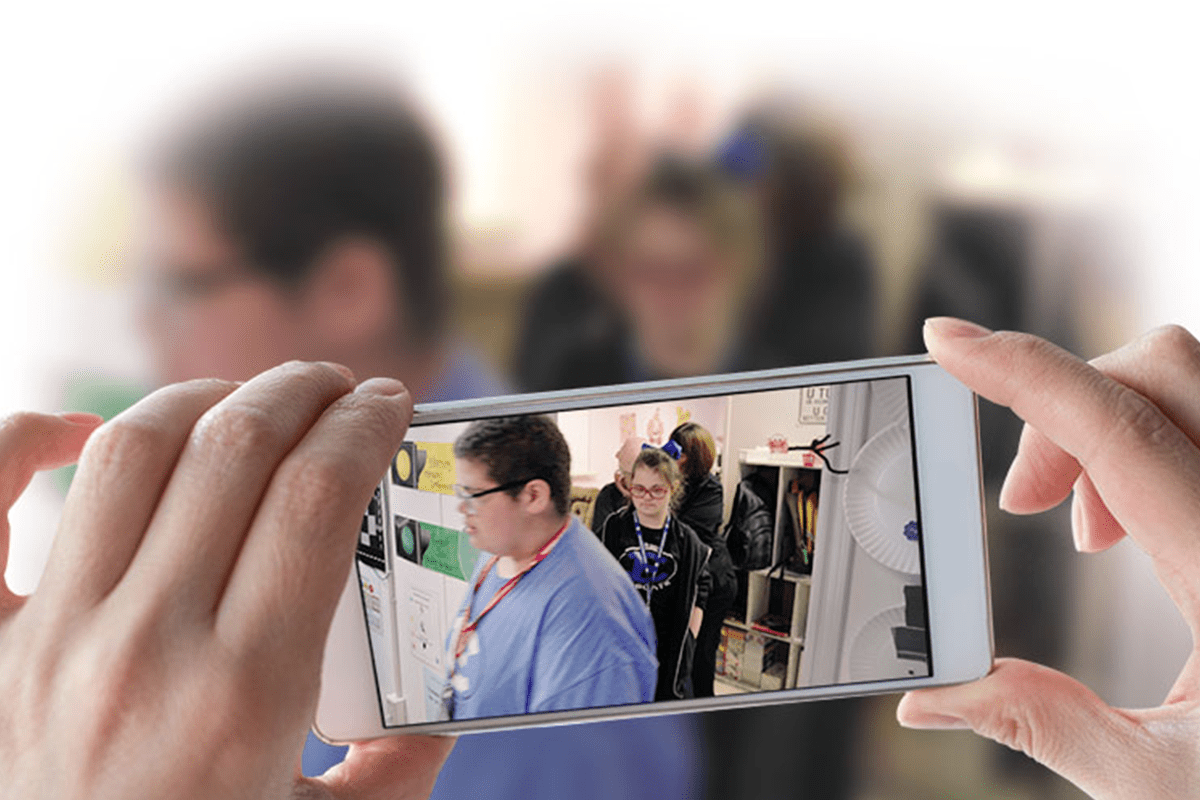
Whenever something new is starting, it’s scary because we haven’t done it before and we can’t imagine what it will be like. One way to reduce student fear of new activities or events is to give them a good sense of what’s to come. You can create a social narrative for your student that explores what their middle school will look like, and show them pictures of students smiling and engaging in activities there. Then they will have positive images to reflect on when discussing the transition with you.
Another option is to create a priming video from the student’s point of view that depicts exactly what they will see when they transition. Priming videos are highly effective for all students, but especially for visual learners.

